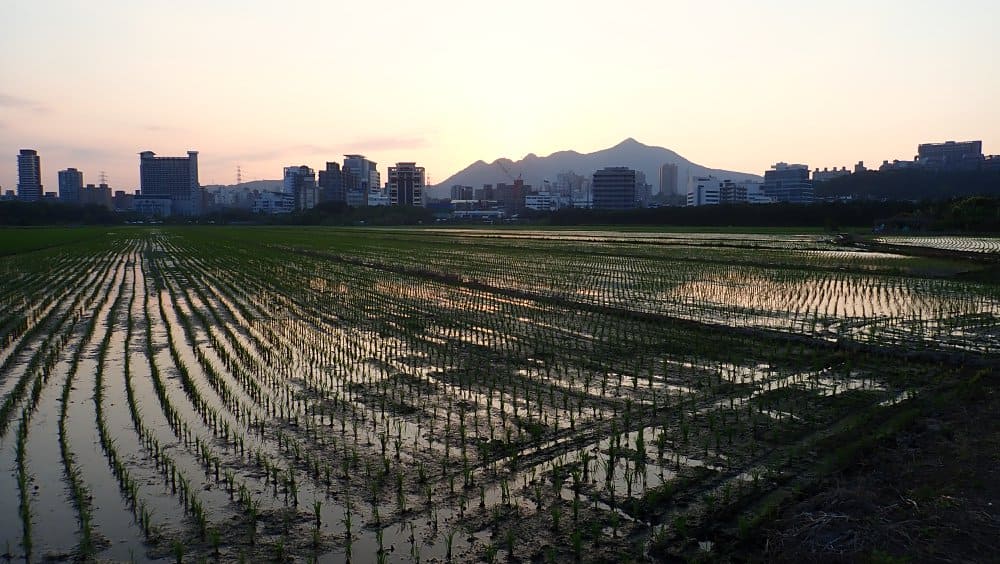Herbal Urbanism: Beitou
Curated by Manray HSU
Beitou, Taipei, is famed for its volcano-based hot spring. Originally named “Papaw” by the aboriginal Ketagalan, meaning “the place of the witch,” the city is also abundant with churches, temples, and sacred as well as historic sites of all sorts. Its natural landscape is entangled with modern infrastructures from different development periods, and thus the city mirrors global urbanisation over the last decades.
Herbal Urbanism: Beitou, as the first manifestation of Herbal Urbanism, has the Hongah Museum as its site of exhibition and its operation base for workshops, field trips and lectures. The exhibition consists of three parts in tandem, each part will include a show of one or two works, and incorporate related panels, workshops, and field trips, to form an assemblage of heterogeneous elements.
For the first part, Taiwan-based French artist Yannick DAUBY installed a sound environment using his recordings of sound scape in Beitou area. These recordings can be seen also as documentations of different time-scales of Beitou, from Hsiaoyukeng’s fumaroles to Beitou Stone (geologic time), to Qilian Stone (stone carving industry), to rivers, aqueducts, roads, sport fields, and their various ways of negotiating and intermingling with each other, and to the landscape of post-industrial agriculture. All these are assembled as a temporal palimpsest of Beitou.
Water sound functions as a thread through these recordings of the sonic ecology. Since the ancient times, the relationship between water and land has been seen as fundamental to human body, social body and ecologic body. This relationship is ontologically prior to human events and constructs on the land, including the infrastructure of the city machine. Ancient philosopher Guanzi’s “Water Land” has it that “Land, is the origin of things, the root of all lives, where the beautiful and the ugly, the able-virtuous and the incompetent-evil, the intelligent and the idiotic, emerge. Water, is the blood and qi of land, like the circulator among vessels and meridians. Therefore, water is called the carrier agent.” Modern cities, because of political economical governance, overemphasise the provisions of human needs. How do infrastructures negotiate with running water? The ubiquity of water, as the circulator of vessels and meridians, involves the metabolism of the city. How does water as an agent exist in the city’s ecologic body?
Herbal Urbanism: Beitou is organised in collaboration with the Hongah Museum, affiliated with and co-funded by Topography of Mirror Cities. The Topography of Mirror Cities project, featuring in Dhaka, Bangkok, Taipei, Jakarta, Kuala Lumpur and Phnom Penh, is conducted by Sandy Hsiu-chih Lo as chief curator, and funded by the National Culture and Arts Foundation, Taiwan. Special thanks go to the Hongah Museum and Sandy Hsiu-chih LO. Special thanks go to the Hongah Museum and Sandy Hsiu-Chih LO.
Gratitude also goes to: Qilian Yuan-tou Culture Enterprise, @iTAgalery, Taipei Heart Village Association, for their assistance on the production of Yannick Dauby’s work.
Gratitude also goes to: Qilian Yuan-tou Culture Enterprise, @iTAgalery, Taipei Heart Village Association, for their assistance on the production of Yannick Dauby’s work.
ATRTIST
|
Beitou Snippets
|



